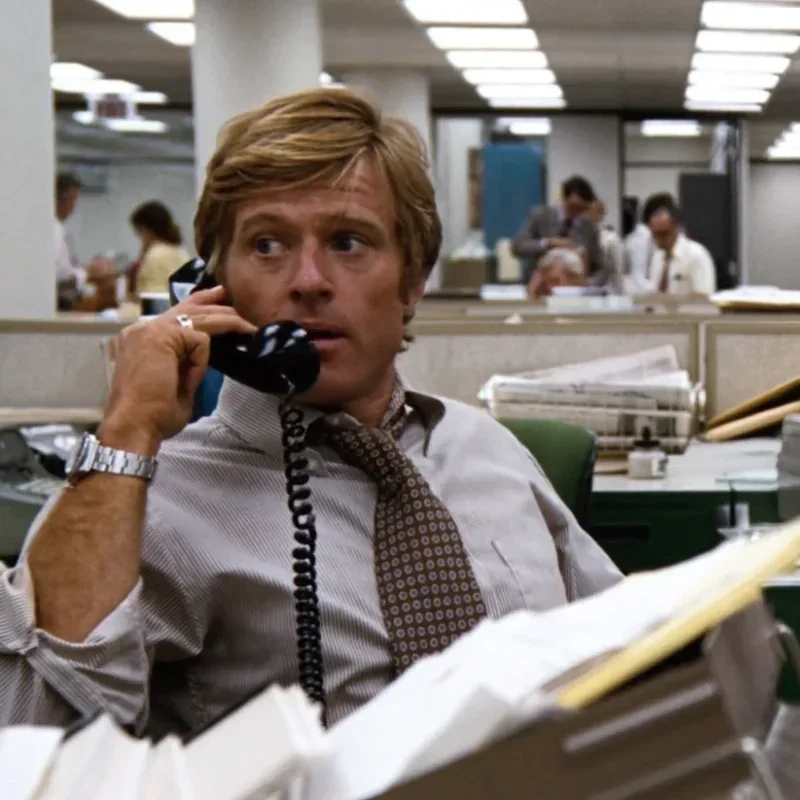Buddhism’s Durable Refuge
When we think of refuge, we often think of it as refuge from something. Refuge from the storm, placing one’s trust in a source of shelter in order to remain protected from the ills of the world. Refugees spill between borders and cultures seeking sanctuary from homelands ravaged and persecuted by war. A refuge is a safe place. A retreat. A place we go when we’re afraid. It’s a place where we meet the divine and draw our faith closer to ourselves for protection. Yet for Buddhists, refuge is not sanctuary from, it is sanctuary in. This refuge, or saranam takes the form of Buddhism’s three jewels, or the Triratna of Buddhism, the Buddha himself, the Dharma, and the Sangha. And in doing this, take refuge in the teachings handed down in the Dharma, the instruction shared by Buddha, and in the intimately and completely connected sense of themselves as a community.
These teachings are a place in which to find refuge, but also act as guides, as sources of debate and discussion, as something to question, and not something one has ultimate faith in. Such refuge motivates the reducing of suffering. But Buddhist refuge is not a place of escape, it is a positively oriented place of strength, curiosity, and insight. It draws attention to misperceptions in its equation and explanation of suffering, as found in the First Noble Truth teaching in the Dharma, which asserts that the misperception of life’s impermanence, non-substance and pain cause us to suffer. In this refuge, and in the Dharma, we don’t receive comprehensive understanding of our suffering, but have our misperceptions rationalized and drawn closer to us as a means of resolution. This sense of wanting moments to last forever, and the sadness and loss we feel when those moments and people depart from our lives causes suffering. Yet having the faith and belief that all things in life change, and that attaching oneself to permanence causes us to suffer is often extremely challenging in the context of moments and people we love. We want the time with our friends to extend out indefinitely. We want the laughing of our children to last forever. And we want the warmth of a summer’s day to never meet the morning chill of fall.
Yet we often consciously seek our durability in our lives. We crave durability in those around us, in our professions and in our homes. We actively support the durability of the institutions of faith and build cathedrals and temples to them, echoing our belief itself, which are designed to last indefinitely. But in doing so, there’s a refuge in such durability as security and stability. We want the reassurance of that which doesn’t change, because the familiar provides an unchanging, known, fixed sense of comfort in the face of accelerating change elsewhere around us. Change in economic, political, environmental, cultural, and global affairs, which are chronically uncertain and unstable, perhaps recently more so than ever.
This binary of the inherent impermanence of the world as represented by Buddhist faith and teachings and articulated in the noble truths as a source of suffering, as opposed to the distinctly human desire for durability, stability, security, and permanence can seem irreconcilable. But they find common ground in the notion of refuge.
We find refuge from the storm in the durable. Refugees flee war-torn regions in search of security and the promise of the more durable life. But we also find refuge in durability. The very notion of dharma, ‘that which is passed down’ is itself durable, even if it teaches the virtue of impermanence. And the durability of inter-generational teaching, either through scripture, monastic practice, ritual worship, or architectural achievement is something which unites faith across and between Buddhists, Christians, Hindus, and Muslims. And provides the necessary guidance, insight and sanctuary millions of believers seek in the world.




































